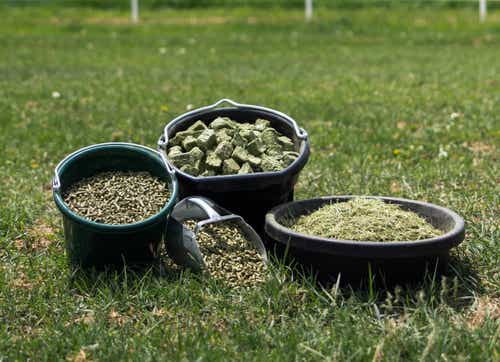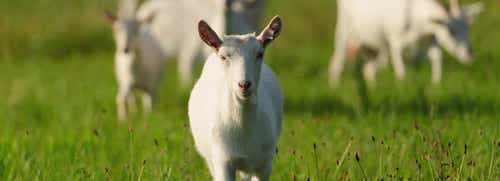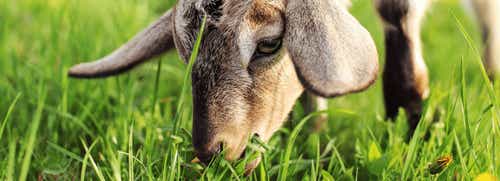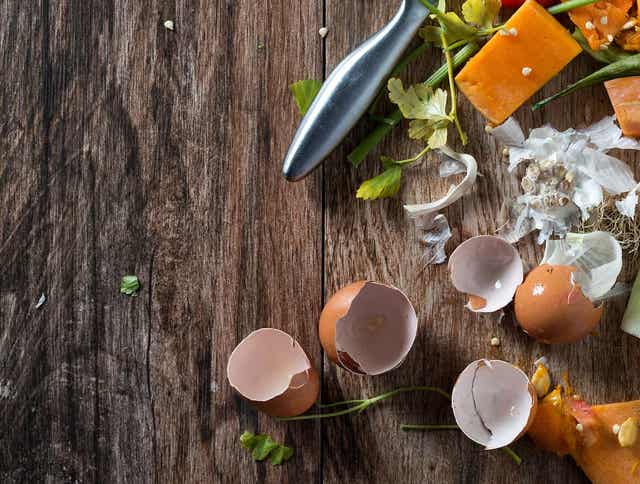
How to Start a Compost Pile or Bin
Did you know food scraps and yard waste together currently make up more than 28% of what we throw away? That’s right, 28% or a whopping 75.9 million tons in 2017! Composting this organic waste at home can have a significant impact on our environment by reducing the amount of trash in our landfills and helps you create a bountiful garden that will be the envy of your friends and neighbors. Home composting may sound intimidating at first, but these steps will have you composting like a pro in no time.
Composting Science
A compost pile is actually a habitat. Composting is a natural, biological process carried out by a vast number and variety of decomposer organisms or “DOers.” DOers, such as bacteria and fungi, account for most of the decomposition. Larger organisms, including insects and earthworms, also break down the materials, especially in the later stages of the process.
For DOers to be the most effective, they need a balance of air, water and food. Too much or too little of one of these elements can cause your compost habitat to fall out of balance, resulting in less desirable results. The balance of water and air, and nitrogen (green matter) and carbon (brown matter) are the two most important factors. Some common issues with imbalances are:
- Too Much Water, Not Enough Air = Slimy and Smelly Compost
- Too Much Air, Not Enough Water = Stops the Decomposition Process
- Too Much Nitrogen, Not Enough Carbon = Smelly Compost
- Too Much Carbon, Not Enough Nitrogen = Slower Decomposition
Throughout the process, DOers produce carbon dioxide, water vapor, and heat. Over time, the composting materials change from a diverse mixture of individual ingredients, such as leaves, grass clippings, and food scraps, to a uniform soil.
Choose Your Container
Most compost containers fall into one of four main categories: heaps (simple stacked piles), hoops (caged enclosures), bins (boxed enclosures), and barrels (drum enclosures). Determine which type is best for you based on preference and the amount of outdoor space you have. You need at least 3 square feet of space to work with and unless you’ve chosen a container that is fully enclosed, it’s recommended you place directly on bare soil for the best results.
Consider the ease of mixing or turning your compost when choosing a container. Modern containers allow you to easily turn the entire bin for best results. If you are using a heap style of building a hoop of bins encloser, consider how much space and what tools you will need to mix and turn. A heavy-duty garden hoe or pitch fork is recommended for larger piles and enclosures.
What to Compost
Many types of food scraps and yard waste can be composted. Even items you might not think are compostable like eggshells, cut flowers, coffee grounds (and paper filters), old newspapers, tea and tea bags, and hair (pet or human) can be tossed in the pile. To keep your compost process health, and less smelly, here are some do’s and don’ts for composting:
| Do | Don't |
|---|---|
| Fruits and Vegetables | Meats |
| Grass clippings | Bones |
| Leaves, weeds | Large branches |
| Manure | Dairy products |
| Coffee Grounds | Synthetic products |
| Egg Shells | Plastics |
| Bark, stems, stalks | Garden and canning waste |
| Garden and canning waste | Pet wastes |
The key is to aim for equal amounts of green matter and brown matter to keep your compost healthy. Green matter includes things like fruits, vegetables and grass clippings while brown matter is dry material like small twigs, dry leaves, or even old newspapers. As mentioned before, maintaining a balance is essential because brown matter is rich in carbon, feeding the organisms that break down the scraps and green matter supplies nitrogen.
Layering your Compost Pile
To keep an optimal mix of green matter and brown matter, we follow the “Lasagna Layering” recommendations from the Cornell Cooperative Extension and Master Composters of Tompkins County.
- Start with Sticks – Create a crisscrossed layer of sticks, about 8” high at the bottom of your pile or bin. This helps with airflow.
- Add Brown Matter – Add a layer of brown matter, such as dried leaves or torn newspaper over the sticks. Layer higher on the sides and lower in the middle to create a “bowl” shape.
- Add Green Matter – Add a layer of green matter, such as fruit and vegetable scraps and grass clippings to the middle of the “bowl.”
- Cover the Green – Add a final layer of about 1-2” of brown matter to cover the greens.
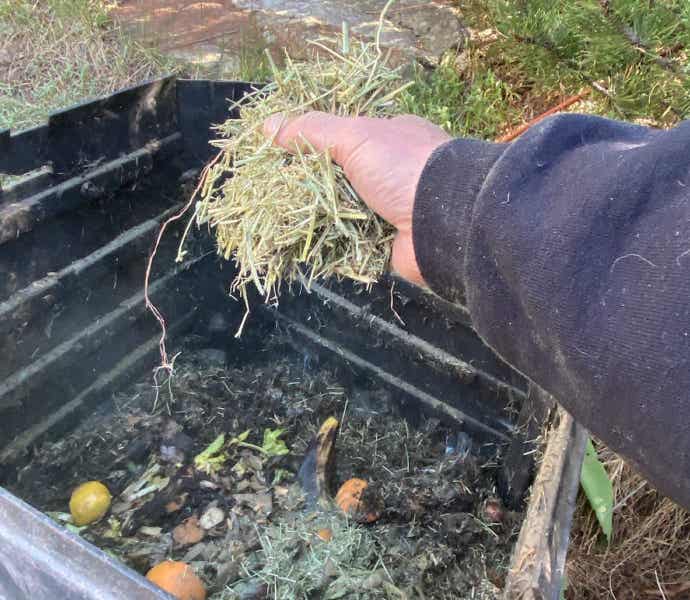
Compost Pile Maintenance
Mix or turn your compost pile every one to two weeks. If compost is mixed correctly and maintained, a final product may be obtained in one to two months under optimum summer conditions. It should be about half its original size with an earthy smell. Other tips from the University of Colorado Extension include:
- Plant materials are often dry on the outside while the center remains moist. Water consistently to keep compost uniformly damp but not wet.
- Use an aeration tool to reach into the compost to lift and move plant materials. Turn the entire mass occasionally to provide uniform aeration.
- Small amounts of fresh materials may be added to compost, mainly if a vertical composting system is used.
- If enough material is available, make a new pile instead of combining fresh materials with nearly finished compost.
Using Your Compost
With the right mixture, your compost should smell like nothing but earthy dirt once it’s through the process. Mix finished compost into your garden beds or potted plant soil. You can even sprinkle it on top of already planted areas and sparse lawn spots to improve nutrients. Remember, compost is not a replacement for your soil, but instead acts as a natural fertilizer to nurture your soil and plants, so add it a couple of times a year for best results.
References
Cornell Cooperative Extension Tompkins County/Master Composter of Tompkins County, Quick-Start Guide to Composting
University of Colorado Extension, Fact Sheet No. 7.212, Gardening Series-Yard, by C.R. Wilson and J.R. Feucht, revised by S. Newman. ©Colorado State University Extension. 10/97. Revised 10/14.
EPA.gov
Good Housekeeping

